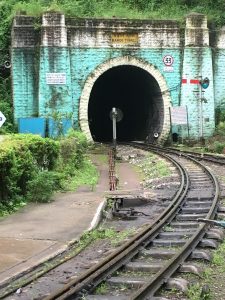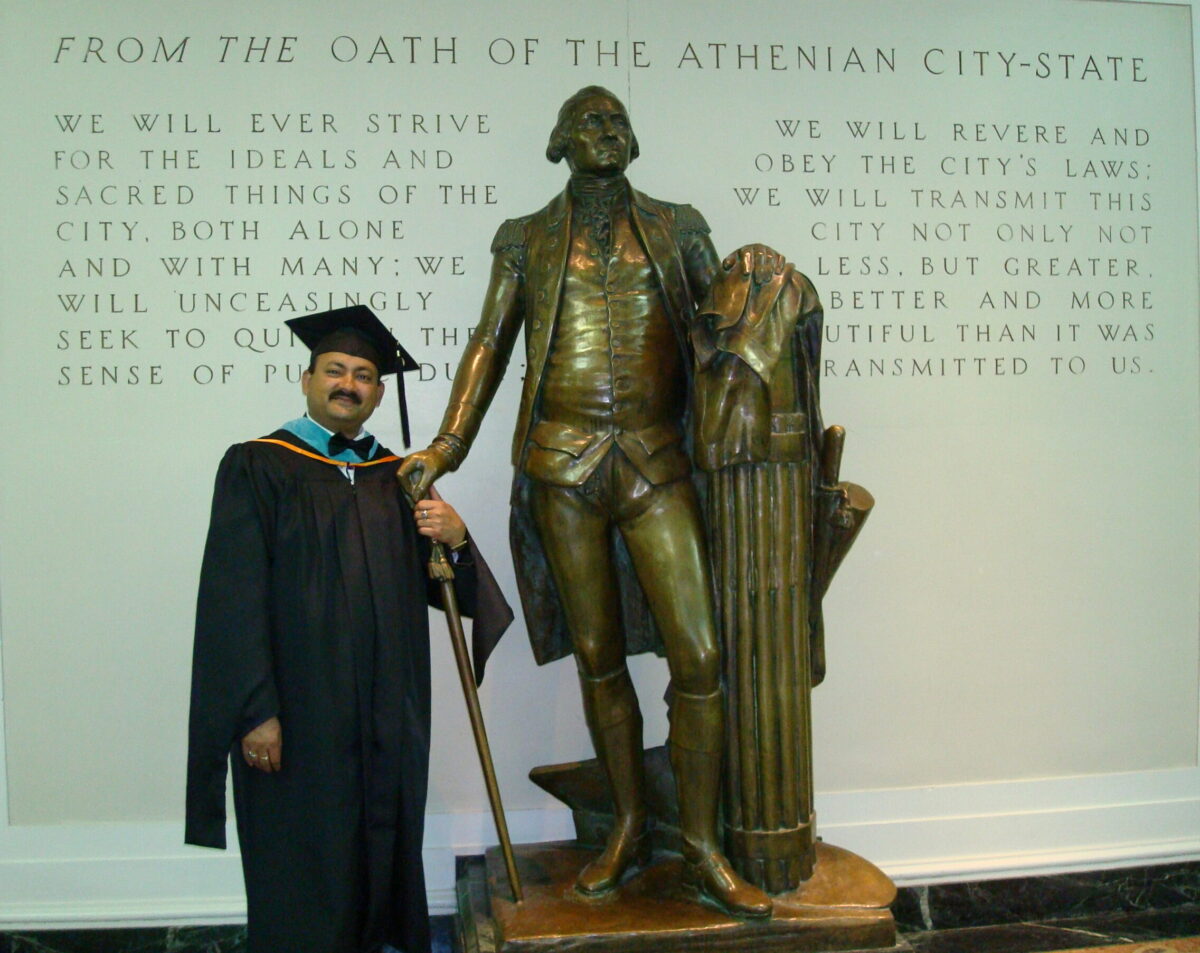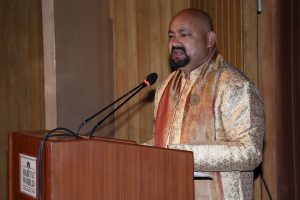The Kalka-Shimla Railway
Like smoke wafting lazily from a candle, blown by a kiss of the wind, chugs the Kalka-Shimla train. The mist, held by the hills and the pines, lowers itself in a welcome to the traveller. Its freshness brings alive the sensations hitherto forgotten and buried under the pace of life.

If you look down history lane with a telescope, you find the gallant and fearsome Grouches of Nepal walking into Sikkim in 1814. The ruler of Sikkim, helpless, appeals to the East India company and the Company Bahadur extends security. At the close of the war in 1816, under the Nepalese Peace Treaty the British `mandarins retained a huge tract of land, which also included the ridge on which Shimla was later built.

One Major Kennedy, built for himself a house at Shimla in 1822. The Governor General’s were quick to realise that the environs of Shimla offered them an England in India. Lord Amherst spent the summer in 1827, followed by his successor Lord William Bentick. However, the journey was not particularly comfortable for the Gora Sahib. Ponies, or jampans – sedan chair fitted with curtains, slung on poles borne by bearers, over a 43 mile mountain track made mule of a man.


It was only for a correspondent, to conceive the idea of a railway line, that time waited for, till Nov. 1847. A passionate plea in the Delhi Gazette by this gentleman advocated the sketching of a railway line to Shimla – “We may then see these cool regions become the permanent seat of a Government, daily invigorated by a temperature adapted to refresh a European constitution, and keep the mental power in a state of health, beneficial both to rulers and the ruled”. The earliest field surveys were conducted between 1884-95. While the railway surveys were on, The Hindostan and Tibet Road, 58 miles, was opened during 1850-56.
The signing of a contract between Secretary of State and the Delhi Umbala Railway Company in 1898 signalled the beginnings of the line. The journey to a cooler paradise became a reality in Lord Curzons’ time.

The bosom of the highly erratic Shivalik hills was parted by a 96 km. railway line on Nov. 9th, 1903. Three years of labour by dedicated engineers and labourers in limestone and shale rocks saw through an astounding feat.

The line passes over 864 bridges and under 102 tunnels. Two-thirds of the formation is laid on sharp curves– sharper than a damsels !

The British chose the narrow gauge dimensions of 2′-6″ as the hills tolerated no more than a whisper to rise the arduous 1519 m between the plain and the hill. The treachery of the hill formation was bound by a silver thread, reassuringly. Lofty stone bridges, arched in their effort of holding the rail, at times three-tiered too, arrest the sight of a traveller.
The dark tunnels aplenty on the ascent, bring more than an opportunity to a honeymooning couple. Excited whistles and natural cries rent the air when you travel. A curious mix of chill and warmth permeates the atmosphere.

The journey from Kalka to Shimla is absolutely out of the world. Immediately on arrival at Kalka one sheds off his inhibitions like snake-skin. The toy train provides a breath-taking view of the Kushalya river, the moment it enters the foothills. The serpentine splash of mercury keeps disappearing and reappearing with each bend for some time. Passage through the Koti tunnel makes you hunt for a coat and the air jabs you, the moment you hit Jabli, 1240 m above sea-level.
Three picturesque loops near Taksal, Gumman and Dharampur provide photo-opportunity to an enthusiast. But wait, more is to follow. The ascent is steady. The train huffs and puffs its way across green meadows, capsicum fields, red-roofed chalets and half timbered houses. Each coach has chuckle under its wheels. Through aged in service, it does not sigh, for it carries a pleasant burden. About seven coaches form a train, to accommodate about 200 passengers per trip. The extremities of weather do not dislodge the determination of the 700 horse power B-B type diesel engines. They run to the call of duty in temperature ranging from 0-45 Celsius and in snow which averages 2 feet during winters. What to talk of the annual rainfall of 200-250 cm received by the hills! The average speed of 25-30 kmph ensures that “hurry” is removed from the psyche and replaced by a naturalness of demeanour.

If you want to taste the beauty of nature in exclusivity, travel in the Rail Motor Car. There are four of them and three date to 1927, while the last dates to 1930. A group of 18 can be housed in this vintage experience. You will be surprised to learn that the original White & Pope petrol engines fitted by Drewery Car Company Ltd., London, were replaced during the second World War as petrol was scarce. Americans supplied the diesel engines to the car, from General Motors, U.S.A.

Surprises escape the visage as nature unrolls its bounty. Gurgling brooks flowing down mountains, passing under the stone bridges, present a pleasing sight. Clouds of mist decide to tumble down and gingerly touch you, enlivening your senses. The train meanders through Kumarhatti, then enters the Barog tunnel which is more than a kilometre long, precisely 1144 mts. This tunnel crosses the Panchmunda ridge, about 900 feet below the road. At Barog, it is mealtime, on the morning trip.

Through the English firm of “Spencers” which built the restaurant at Barog is no longer there, but the English hospitality continues to live.

From Barog to Kandagthat the train runs downhill, past beautiful and quaint retreats of Solan and Saloghra. The final climb begins at Kandaghat. Gradually, solemn forests of deodars and pines replace the meadows. The abundant green fills the soul. At Shogi, a heartwarming view of the Chail valley brings numerous anecdotes associated with a Prince to the fore. It is said that this Punjab Prince, pinched the bottom of an English class on the Shimla ridge, and was thence banished from English society at Shimla. Undeterred, he built for himself a palace at Chail, a nearby resort.

Past Taradevi, the railways take you under Prospect hill to Jutogh, winding its way like a naughty current of air teasing you, tickling you, till it pauses at Summer Hill.

The prospects of a fullsome holiday brighten up the spirits of each traveller. Finally, like the last birth pang it burrows under the Inverarm Hill, to emerge and deliver a happy child at Shimla.

The transformation of a traveller from an adult to a child is complete.

As little as a train journey brings out the child in the man, to chuckle, laugh and indulge in childlike pranks around the invigorating forest paths of Shimla.
Please follow and like us:





































































